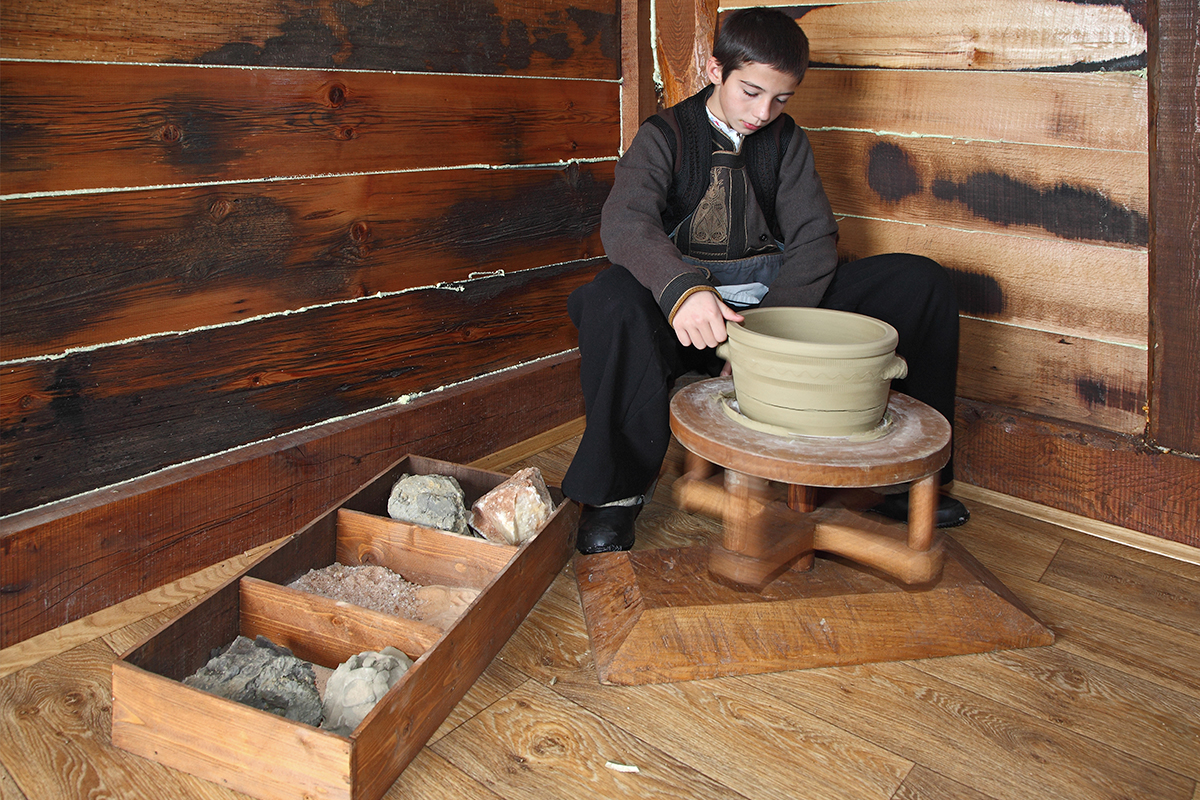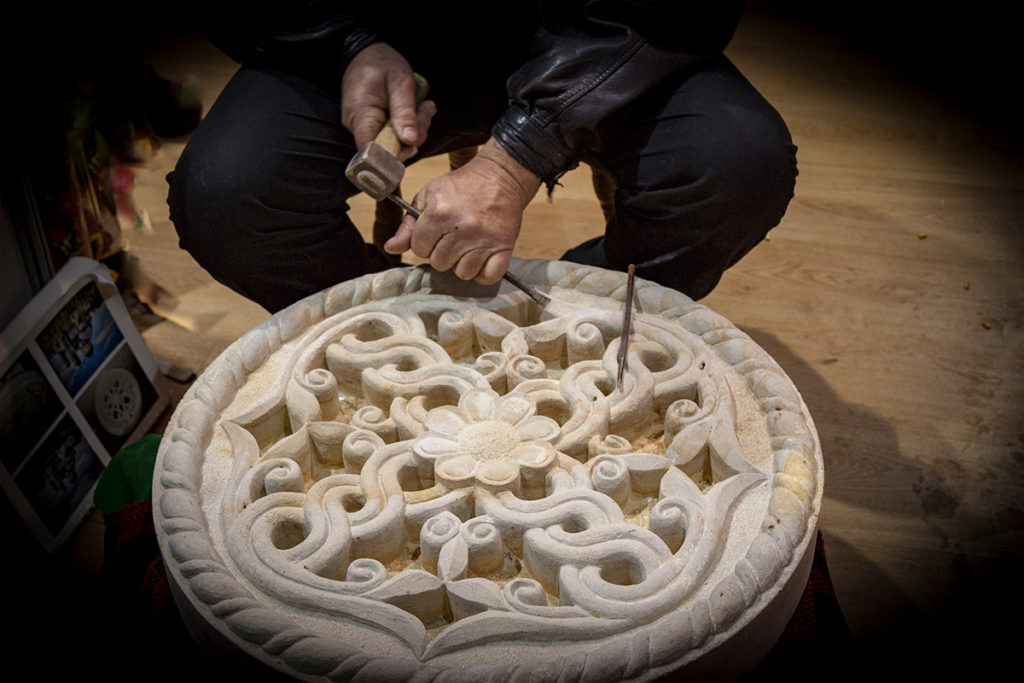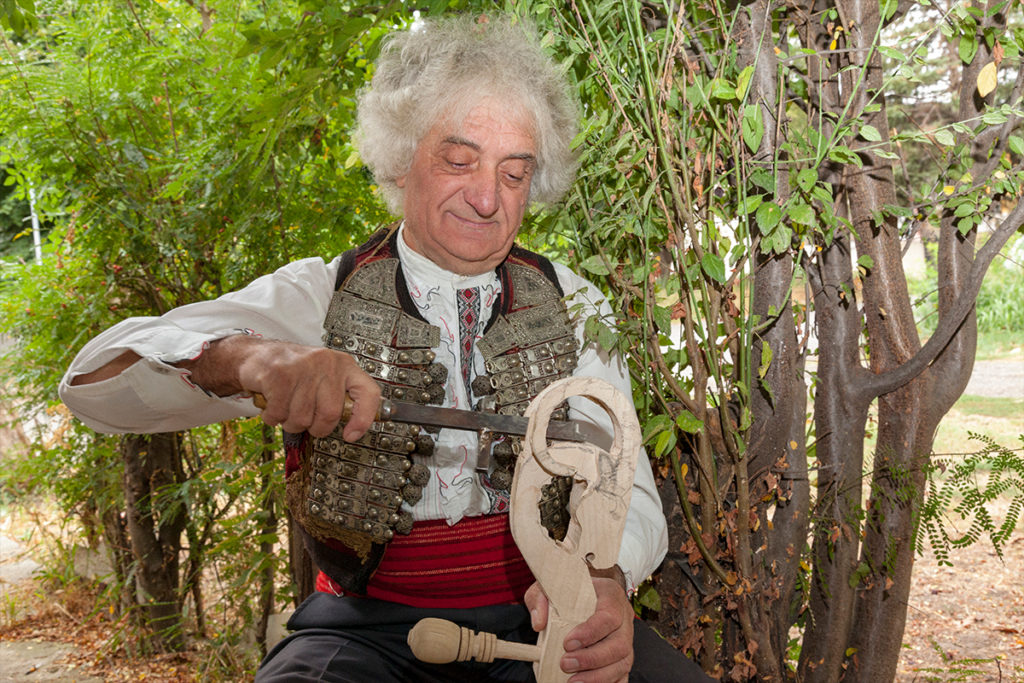In cooperation with the “Belgrade Waterfront” company, the National Tourism Organization of Serbia has for a longer time now been organizing thematic exhibitions in the open air, in a nice-looking and inspiring space of the Sava Promenade – a promenade on the very riverbank of the Sava. There is an ongoing exhibition there, dedicated to old crafts and souvenirs, a part of which we are presenting to you.
The world of old crafts is exceptionally diverse. Therefore, the exhibition shows just one part of our heritage, brought alive and personified in embroidery, weaving, pottery making. Some of old craft products, such as opanci (peasant leather footwear), šajkača (a Serbian national cap), and the flute have acquired a status of general national symbols. On the other side, there are kilim rugs and the pottery of Pirot, the pottery manufacturing school of Zlakusa, kilim rugs of Stapar, rosettes of Bela Voda (White Water), puppets of Banat, made of corn stalks, or the straw art of Tavankut are imprinted by the local climate.
Although basically different, some of old crafts are harmoniously blended with the serial production of souvenirs. The motifs of embroidery and kilim rugs, Cyrillic letters… are used and printed on magnets, mugs, packaging… Our gastronomic tradition is also “packed” in lovely jars and small bottles. The greater the awareness of the importance of the preservation of our craft tradition and the larger the number of tourists, the greater the number of those respecting and admiring souvenirs and old craft products.
























Social Network